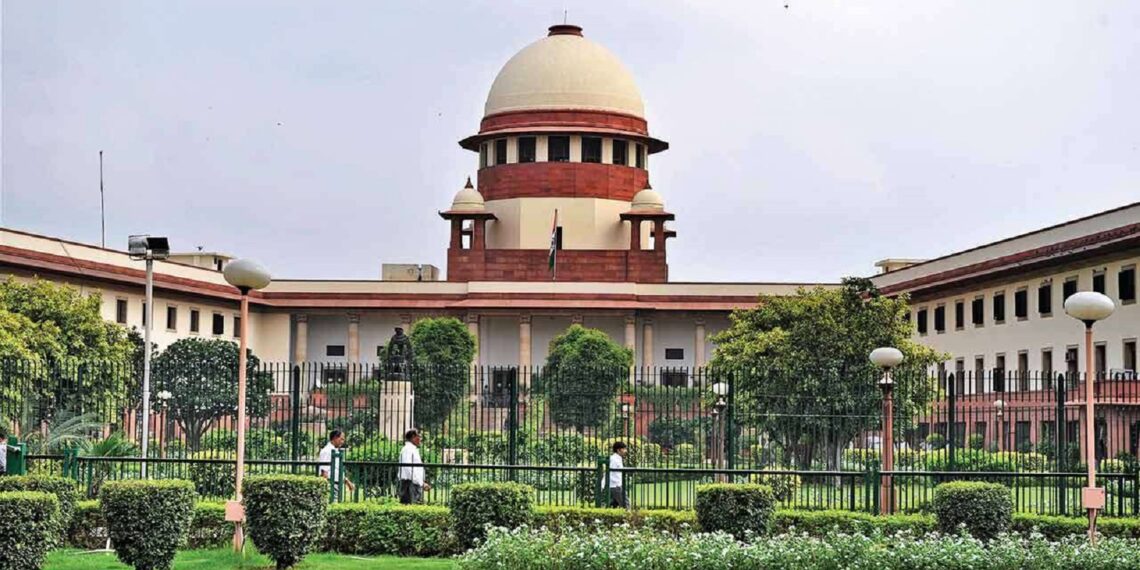GUWAHATI: The Supreme Court of India has clarified that its previous directives banning the use of barium and banned chemicals in firecrackers apply to the entire country, extending beyond the Delhi-National Capital Region (NCR).
This clarification came during a hearing in response to an application seeking compliance with the Court’s orders regarding the ban on barium crackers and the reduction of air and noise pollution during the festive season.
The Court reiterated that its existing orders stand, requiring all states in India to adhere to the guidelines.
The Court highlighted the need to minimise air and noise pollution, not only during festivals but also in the post-festival period.
In 2021, the Supreme Court had issued a series of directives to ensure the non-use of banned chemicals in fireworks before Diwali.
The Court had clarified that it did not impose a complete ban on firecrackers but rather prohibited only those containing barium salts.
The use of “green crackers” was allowed in accordance with the Court’s 2018 directives.
In 2021, a bench of Justices MR Shah and AS Bopanna had held that if banned firecrackers were manufactured, sold, or used in a particular area, officials at various levels would be held personally liable, including the Chief Secretary, Secretary (Homes), Commissioner of Police, District Superintendent of Police, and the SHO/Police Officer in-charge.
The Court called for strict compliance with its directions, stating that any lapses by state governments or agencies would be viewed seriously.
The petition was filed as part of a series of petitions seeking a ban on the sale, purchase, and use of firecrackers in India, which the Supreme Court has been considering since 2015.
In a related matter, the apex court also rejected an application from a firecracker manufacturers’ association to include barium in green crackers, highlighting that earlier orders banning barium-based chemicals would prevail.
The court also rejected another application from the association to use joined crackers, highlighting the need for further reduction in particulate matter emissions.















